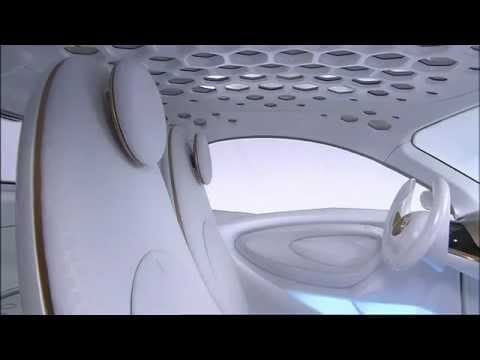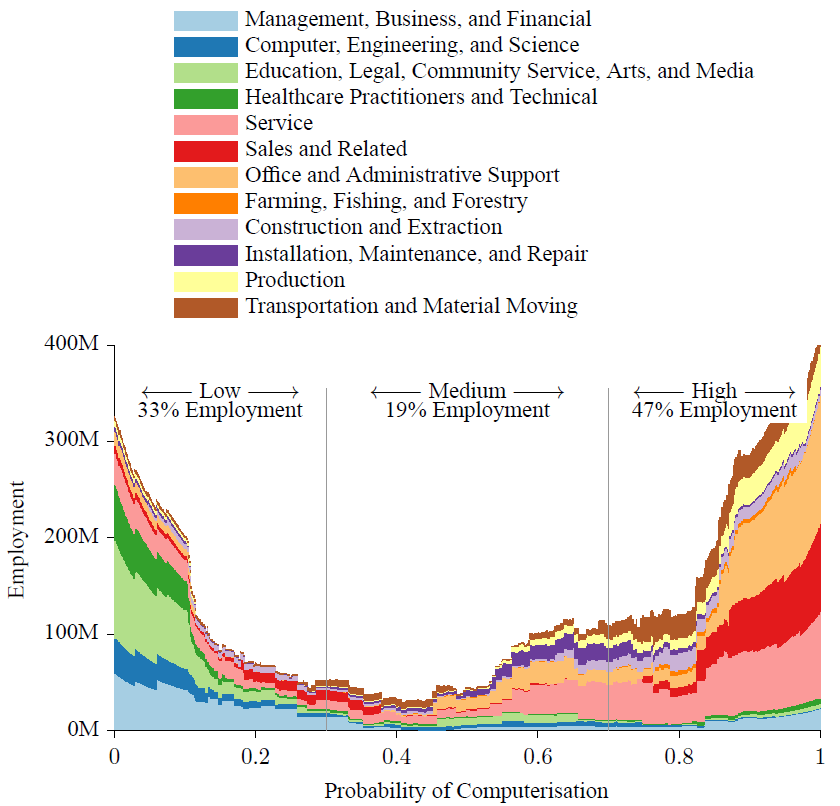
The OLED can be repeatedly stretched, folded and twisted at room temperature while still remaining lit and retaining its original shape.
Imagine an electronic display nearly as clear as a window, or a curtain that illuminates a room, or a smartphone screen that doubles in size, stretching like rubber. Now imagine all of these being made from the same material.
Researchers from UCLA’s Henry Samueli School of Engineering and Applied Science have developed a transparent, elastic organic light-emitting device, or OLED, that could one day make all these possible. The OLED can be repeatedly stretched, folded and twisted at room temperature while still remaining lit and retaining its original shape.
OLED technology is used today in screens for many smartphones and some televisions. The new ultra-stretchable OLED material developed at UCLA could lead to foldable and expandable screens for new classes of smartphones and other personal electronic devices; electronics-integrated clothing; wallpaper-like lighting; new minimally invasive medical tools; and many other applications.
“Our new material is the building block for fully stretchable electronics for consumer devices,” said Qibing Pei, a UCLA professor of materials science and engineering and principal investigator on the research. “Along with the development of stretchable thin-film transistors, we believe that fully stretchable interactive OLED displays that are as thin as wallpaper will be achieved in the near future. And this will give creative electronics designers new dimensions to exploit.”
The research is published online in the peer-reviewed journal Nature Photonics. The lead author of the study is Jiajie Liang, a postdoctoral scholar in Pei’s Soft Materials Research Laboratory at UCLA.
The researchers stretched and restretched the OLED 1,000 times, extending it 30 percent beyond its original shape and size, and it still continued to work at a high efficiency. In another test to determine the material’s maximum stretch, the researchers found it could be stretched to more than twice its original size while still functioning. In addition, it can be folded 180 degrees and can be twisted in multiple directions.
The material has a single layer of an electro-luminescent polymer blend sandwiched between a pair of new transparent elastic composite electrodes. These electrodes are made of a network of silver nanowires inlaid into a rubbery polymer, which allows the device to be used at room temperatures. All of these layers are fully stretchable, foldable and twistable. The new material can also be fabricated in a relatively simple all-solution–based process.
“The lack of suitable elastic transparent electrodes is one of the major obstacles to the fabrication of stretchable display,” Liang said. “Our new transparent, elastic composite electrode has high visual transparency, good surface electrical conductivity, high stretchability and high surface smoothness — all features essential to the fabrication of the stretchable OLED.”
The Latest Bing News on:
OLED
- Loewe Launches Europe’s First ‘Open Cell’ OLED TV Production Lineon April 30, 2024 at 3:08 pm
Adding even more weight to Loewe’s bold new TV move, though, is the fact that its new OLED TV production line is the only one in Europe that’s capable of working with so-called ‘open cell’ OLED panels, rather than the more complete OLED modules used on all other European OLED production lines.
- LG launches 44.5-inch OLED 240Hz ultrawide gaming monitor for $1,380on April 30, 2024 at 2:47 pm
LG releases 45GS95QE Ultrawide gaming monitor with 44.5-inch OLED, 240Hz, 3440x1440 resolution for 9999 Yuan ($1,380),
- Please, don’t pay more than $325 for a Nintendo Switch OLEDon April 30, 2024 at 10:59 am
Amazon is offering a $25 discount when you spend at least $250 on select gaming products, which includes handhelds like the standard and OLED models of the Nintendo Switch. Purchasing a Nintendo Switch OLED will discount the final price to $325 at checkout,
- If I buy cheap, I buy twice’: Loewe explains why its new OLED TV deal with LG helps it make a repairable premium TV that can last you much longeron April 30, 2024 at 3:01 am
"If I buy cheap, I buy twice," Alber says, which is why Loewe is committed to building a durable product that can last and be repairable. Repairable OLED TVs is not something you hear a lot about, and for a product that is known for its high energy consumption, it's nice to hear companies taking more steps in this sustainable direction.
- MacBook Pro OLED: Here’s everything we know so faron April 28, 2024 at 4:30 am
Apple is rumored to be upgrading its MacBook Pro laptops to come with OLED displays. Wondering what that might be like? Here’s everything we know so far.
The Latest Google Headlines on:
OLED
[google_news title=”” keyword=”OLED” num_posts=”10″ blurb_length=”0″ show_thumb=”left”]
The Latest Bing News on:
OLED display
- Loewe Launches Europe’s First ‘Open Cell’ OLED TV Production Lineon April 30, 2024 at 3:08 pm
Adding even more weight to Loewe’s bold new TV move, though, is the fact that its new OLED TV production line is the only one in Europe that’s capable of working with so-called ‘open cell’ OLED panels, rather than the more complete OLED modules used on all other European OLED production lines.
- If I buy cheap, I buy twice’: Loewe explains why its new OLED TV deal with LG helps it make a repairable premium TV that can last you much longeron April 30, 2024 at 2:59 am
Loewe can now make its OLED TVs look even more unique and last longer thanks to a new supply partnership with LG Display.
- LG Display Gaming OLED panels offer switchable refresh rates and resolutionson April 29, 2024 at 1:27 am
LG Display has announced the production of the world's first gaming oh LED with switchable refresh rates and resolution. Marking a change in the
- Genesis Upgrades Dashboard Design with Giant 27-Inch OLED Display in 2026 GV70 Luxury SUVon April 28, 2024 at 1:03 am
Genesis is revamping its popular GV70 compact luxury SUV for the 2026 model year, and the biggest update isn’t under the hood. Instead, the Korean automaker is placing a massive emphasis on in-car technology with the centerpiece being a gigantic,
- Wacom's first OLED pen display is also the thinnest and lightest it has ever madeon April 26, 2024 at 7:52 am
Wacom displays and tablets have been handy tools for artists and designers since the 1980s, offering to swap a mouse for a pen for drawing, photo editing and more. That lineage includes pen displays: screens that connect to your computer that you draw on directly with a stylus.
The Latest Google Headlines on:
OLED display
[google_news title=”” keyword=” OLED display” num_posts=”10″ blurb_length=”0″ show_thumb=”left”]










